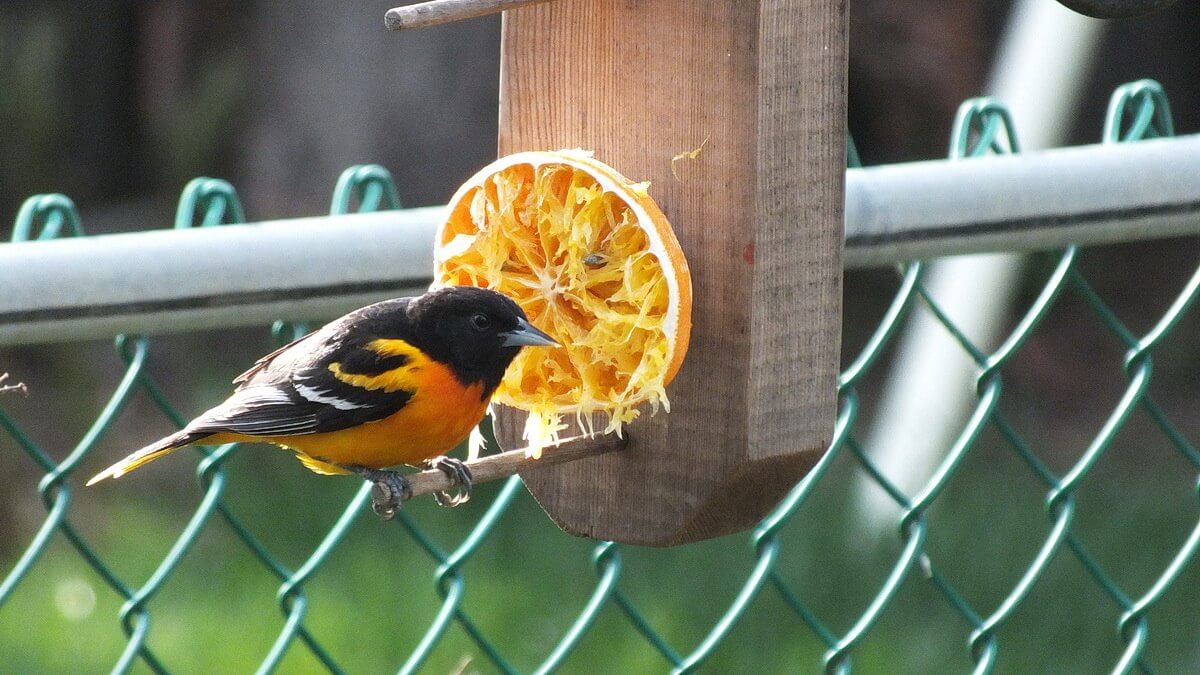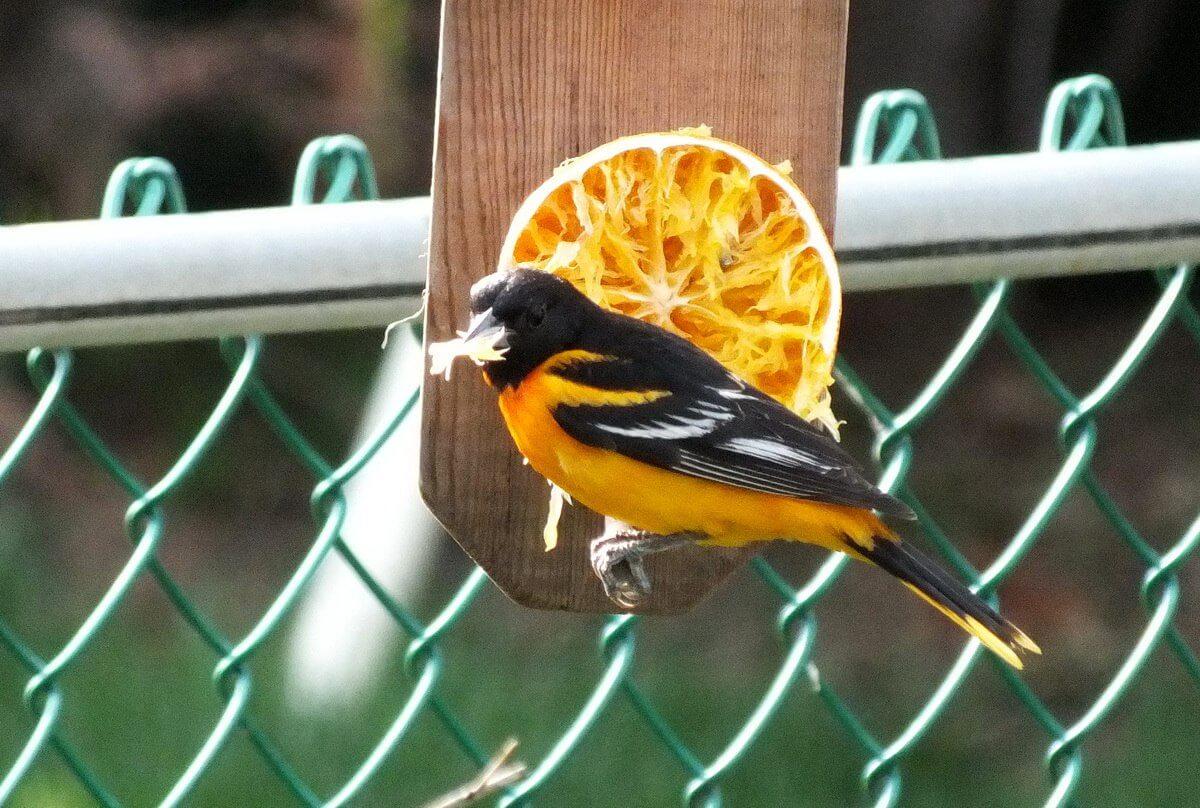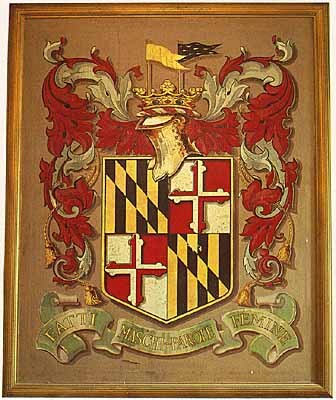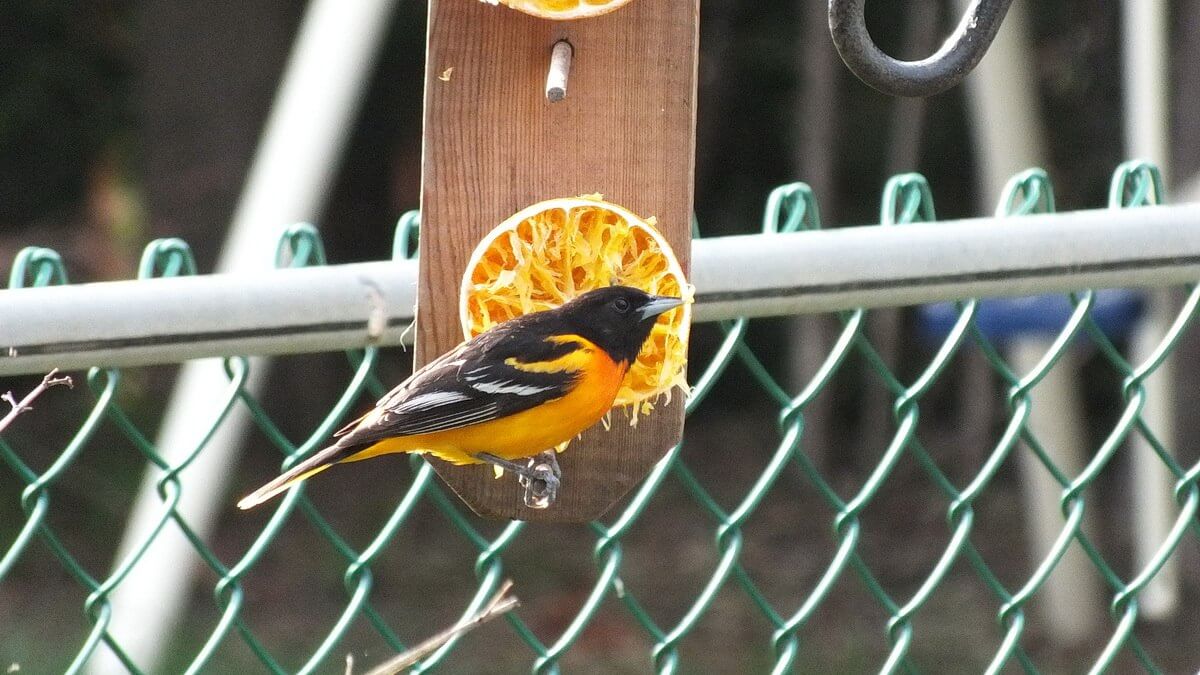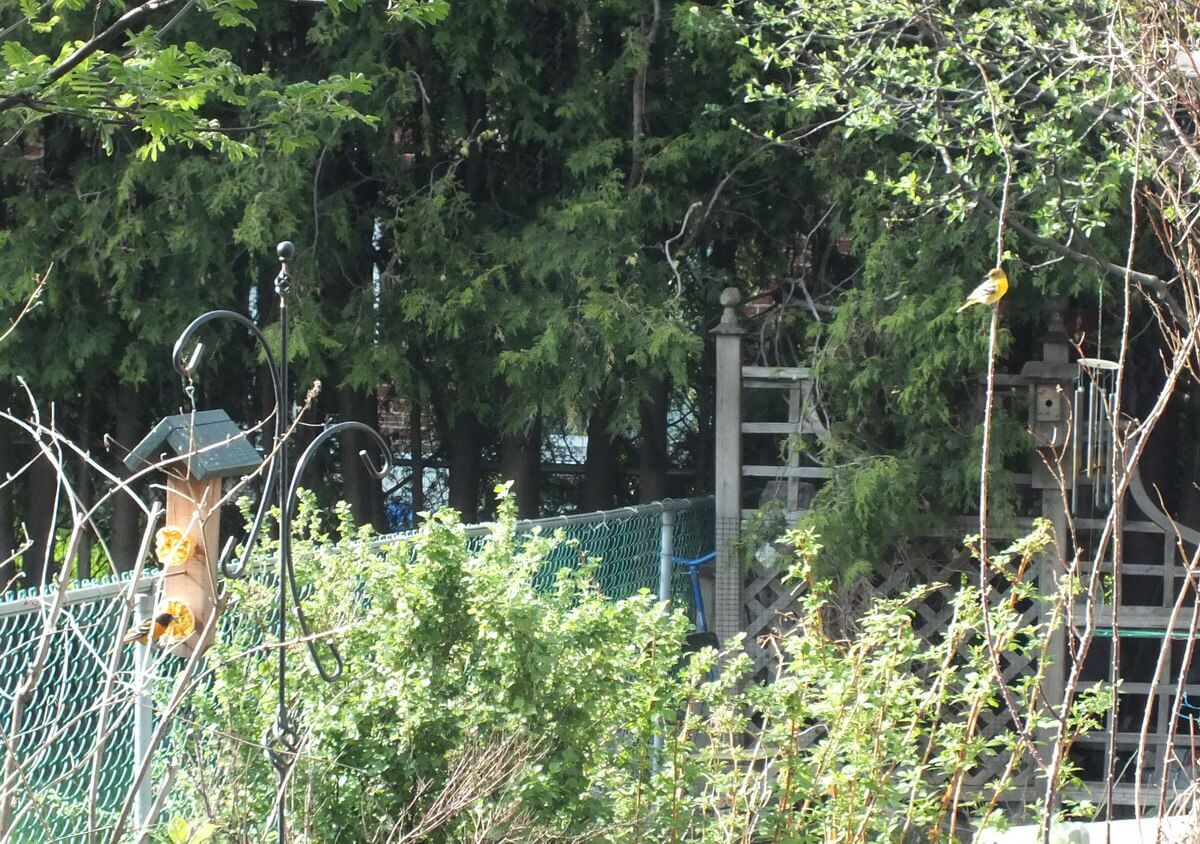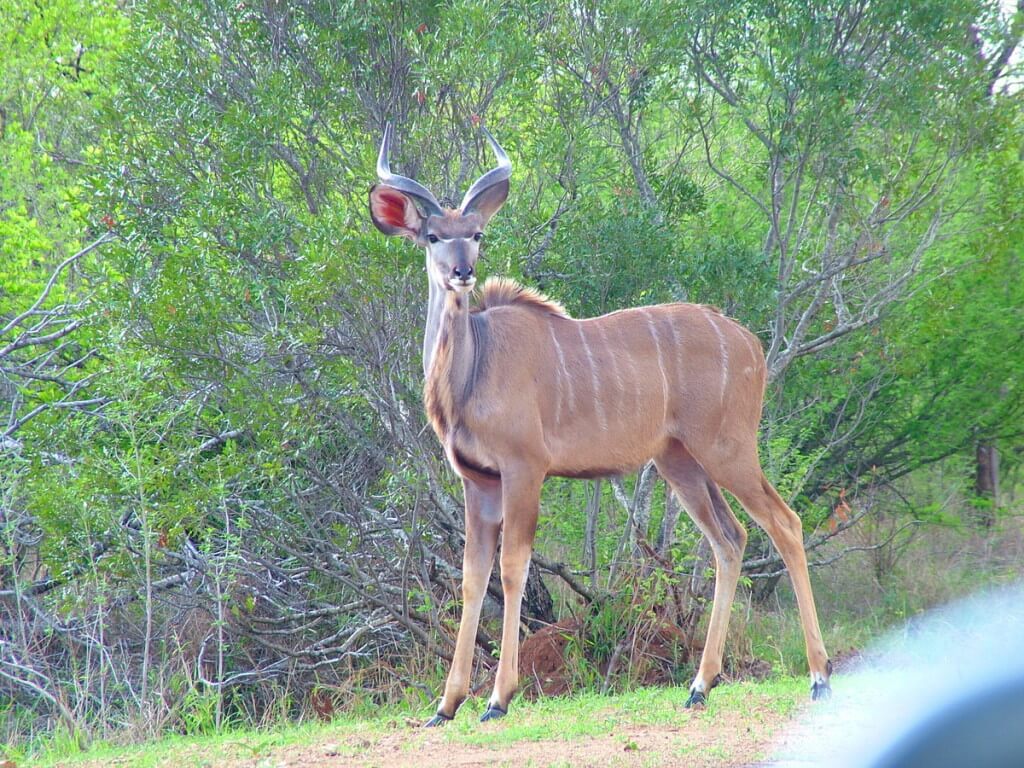Baltimore Orioles In My Toronto Backyard
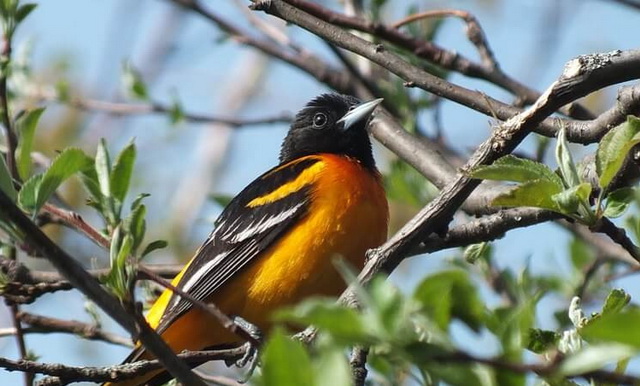
Bob and I have become somewhat more skilled at spotting songbirds owing to increased diligence, and marginally better at identifying those birds that we do see. On one recent day, we made a field trip to Rosetta McClain Gardens in Scarborough where we saw a pair of Baltimore Orioles (Icterus galbula) as well as some other migrating birds. Baltimore Orioles are very easy to spot and identify and always thrilling to observe. Upon our return home, we were surprised to find a pair of these colourful birds in our own backyard.
It was a few short days earlier that I had hastened to hang my oriole feeding station after catching a glimpse of what I thought was a Baltimore Oriole in the linden tree in front of our house. That bird turned out to be a Blackburnian Warbler, but seeing it put a fire in my step because I realized there was no time like the present to set up a temptation for any Orioles that might be passing by.
The female Oriole held back in the apple tree near the rear of our property seeming to enjoy the warm sunshine while waiting for her mate to have his fill. Once again, I was thankful for the absence of leaves on the trees because it was an easier task to focus the camera on the bird without hundreds of green leaves in the way.
By the looks of things, the Orioles had been feasting at the oranges all afternoon given the ragged appearance of the pulp.
It is also possible to lure Baltimore Orioles to your backyard by using an oriole feeder filled with sugar water that simulates nectar that they might otherwise gather from flowers. I have also heard it said that grape jelly, peanut butter and suet will tempt Orioles to visit your backyard. I prefer to provide oranges since they are a natural source of sugar.
This male went undisturbed as Bob and I photographed the Orioles from our patio door and eventually the edge of our deck. It was entertaining to watch them wrestle large mouthfuls of pulp from the sliced orange and promptly swallow them whole. The male’s brilliant orange plumage was about the same colour as the fruit. Male Baltimore Orioles have a black hood that carries into the black back as well as black wings and tail.
They get their name from the bold orange and black plumage that mirrors the colours in the coat of arms carried by the 17th-century Englishman Lord Baltimore.
A female lacks the jet black head of the male Oriole, and her plumage appears much more yellowish orange. These birds are a good size measuring 7-8 1/2 inches (18-22 cm) long with a sturdy body and longish tail. They belong to the Icterid family of blackbirds which have black as their predominant colour brightened by yellow, orange or red. Also a feature of Icterids are the long legs and thick pointed bill.
It is a common sight to see Baltimore Orioles tenuously perched in the highest branches of both coniferous and deciduous trees where they forage for insects and caterpillars. It is the Orioles’ appetite for Tent Caterpillars, the larval stage of the Forest Tent Caterpillar Moth, that helps protect forests from the ravages of these pests. Baltimore Orioles, like so many other birds, help to reduce the number of insects in our environment. Especially while breeding and feeding their young, Orioles consume large numbers of a wide variety of insects to fulfill their requirements for protein.
Baltimore Orioles tend to be shy, solitary birds throughout most of the year, but during breeding season they are likely to appear in pairs. During migration and over the summer, they will be found in open woodland habitat, riparian forests, partially-wooded wetlands and forest edges. Because they are very adaptable, Baltimore orioles will even breed in suburban landscapes, farmland or city parks where good tree cover is available.
We are lucky to have such beautiful birds breeding in our area of Canada. Their range in summer includes the provinces from Saskatchewan in the west to Nova Scotia in the east, all the way south through the states of North and South Dakota to Texas, Louisiana and Virginia in the United States. Come fall, the Orioles return to Mexico and Central America, and it is in the flowering canopy of trees over coffee and cacao plantations where they winter. The flowering trees and vines provide both fruit and nectar.
My photograph of this female Oriole really illustrates the detail of her plumage. She is primarily olive-brown with duller yellowish-orange underparts than the male, and her wings have two dull white wing bars.
When in a flimsy treetop, the Orioles must clamber, hover and hang from the flimsy branches when gleaning insects, and this female Oriole demonstrated her acrobatics by feeding upside down at the orange feeder. Orioles use an unusual technique called “gaping” in order to drink juice from ripe fruit. With the slender beak closed, an Oriole will stab into soft fruit and then open the beak to enlarge a juicy swath within the pulp. Juice floods the cavity, and the Oriole drinks it up using its brush-covered tongue.
Maybe it is this technique used by Baltimore Orioles that has them showing a preference for the ripest, darkest-coloured fruits. They will pass up green grapes and yellow cherries even if they are ripe. Baltimore Orioles prefer to eat nectar and ripe fruits in the spring and fall because the sugar is easily converted into fat that supplies energy for migration.
I would love, more than anything, to see a pair of Baltimore Orioles build a nest in my neighborhood because the sheer artistry of their construction is a wonder to behold. Next year, I will be sure to hang sections of string or yarn in an obvious location to encourage them to nest nearby. The female might be encouraged to use the slender fibers to begin weaving her remarkable hanging nest.
For now, Bob and I are enthralled each and every time the pair of Baltimore Orioles flies into our backyard. Their brilliant colour and cheerful song brighten any day.
You May Also Like:
Eastern Bluebird Sighting Near Cambridge
Wood Ducks at High Park in Toronto
Our South African Journey to Kruger National Park

